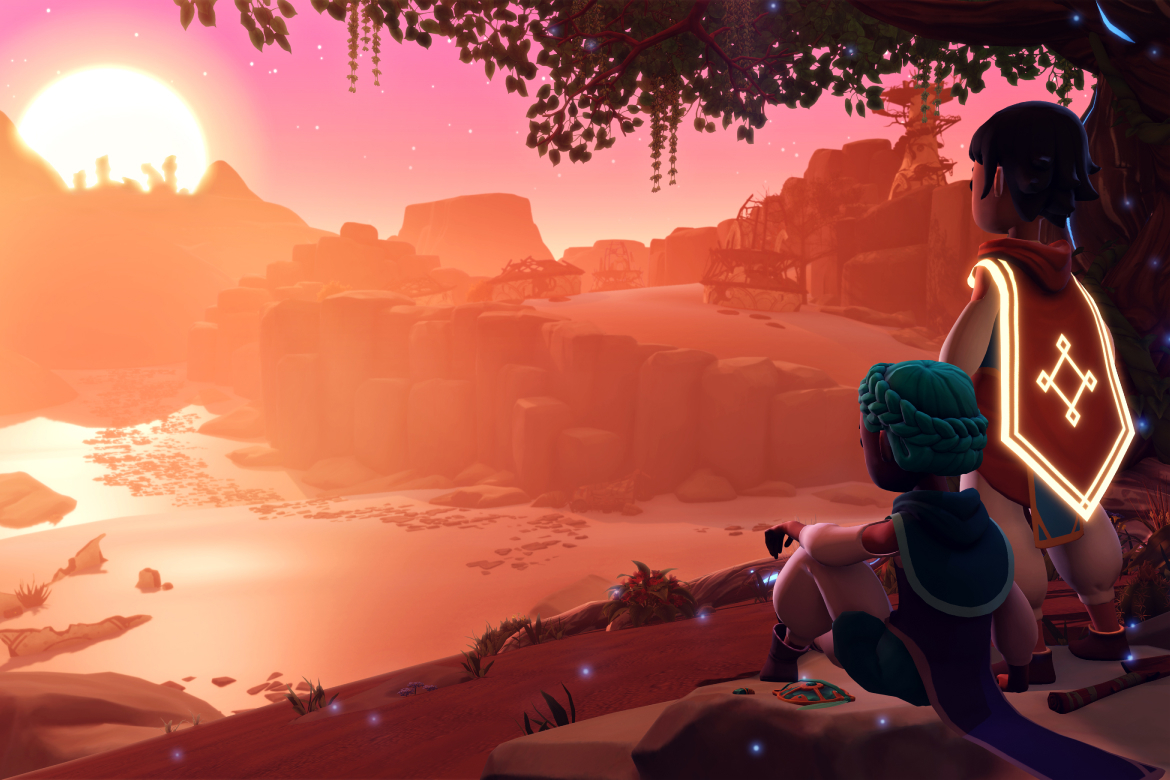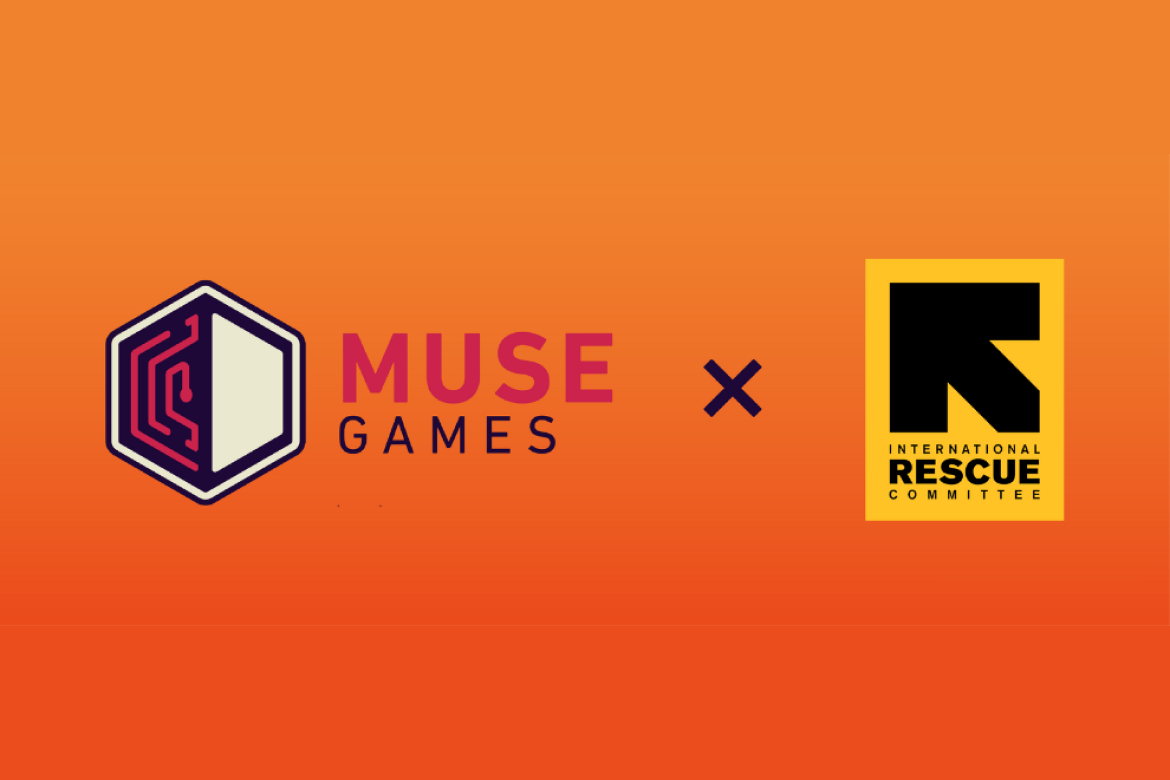Ad Creatives
Thanks for joining me again for a further look into User Acquisition - make sure you are all caught up by reading part one of this series. If you have, then let’s jump straight in. I believe it's essential to begin this article by acknowledging the difficulty of creative production and expressing my appreciation for the teams working in this field. Without winning creatives, we can not and will not be able to scale our games to the heights they need to reach.
So, when I refer to Ad Creatives, the most popular and widely used ad formats are probably ones you're already familiar with:
- Video
- End cards
- Playables
- Static display
Each of the above formats plays a vital role in the different environments as part of a diverse strategy. But what's crucial here is understanding the most effective creative format for each platform where you're running user acquisition campaigns. Equally important is grasping what success looks like when testing these creatives. I've witnessed teams spend weeks on continual testing when, in reality, they were far from their goal and should have revisited the concept stage.
If there's one piece of advice I can offer with creative production, it's to strike a balance between testing new concepts and repeating them. To achieve ground-breaking double-digit improvements in IPM (Install Per Mille), you'll need to focus on new ideas rather than merely repeating existing creative elements. This is where you can truly "squeeze the lemon" and potentially increase your IPM by another 5-10%, but the major impacts always stem from the concept itself.
Here are my five most important tips to improve traditional creatives for user acquisition:
1. Clearly define the creative production process, allocating the necessary resources to create a diverse pool of creatives in all formats.
2. Use automation and AI to maximise the output of your team. This isn't just a smart move, it's imperative in today's fast-paced environment. Whether it's using templates to generate iterations of a winning concept, expediting the design of new characters using AI, or quickly uploading content to platforms through an API, it doesn't matter but the principle is key.
3. Build relationships with UA platforms and partners, allowing their teams to internally promote or push creatives through the tools and resources they have at their disposal—a detail some companies tend to overlook (and something that I know first hand can make or break a launch).
4. Diversify, diversify, diversify. This applies across the board, but key areas include concepts and ideas, ad formats, ad length, the environments in which you run them, cultural relevance, and continuous iteration of all design aspects of the winning concept.
5. Creative is a data-driven game. If you test an idea that you believed would work and doesn't, it's crucial to move on and not look back.
I highly recommend to each of you to conduct your own research into these formats and explore new ways to enhance your UA performance.
Scaling
The current environment continues to show the importance of ad formats, which remain central to your User Acquisition efforts. However, 2023 has also clearly marked the importance of exploration and experimentation. It's emphasising the need to focus on acquiring the best quality users rather than the cheapest ones. Scale remains crucial in our industry, and traditional formats will continue to dominate for the future. However, by incorporating some of the options below, you can boost your averages and overall performance:
- Apple Search Ads - biggest growing channel of 2023, it’s a must. Check out Luna from Unity, the mobile app marketing outfit Luna Labs which I joined and rapidly grew as their VP of Operations.
- UGC and Influencer - some developers have posted the right UGC video and generated hundreds of thousands of users for a small one-off cost; you need to have this in your strategy. Check out Bambassadors or Babblestock: Bespoke & Stock UGC Videos.
- In-Game or Intrinsic Ads - this is my favourite among the bunch because it's clean, seamless, and non-disruptive while enhancing the gaming experience. You could argue it's more on the "monetisation" side, but I believe it's worth mentioning here. Anzu.io is the market leader in my opinion, and if you haven't already, it's worth getting in touch with them.
- Audio Ads - it's a simple concept and its success is easily understood. Users can continue their gaming experience without disruption, unlike interstitial ads that break the flow. It's also a way to tap into those profit-making brand opportunities. Check out Odeeo and Audiomob to see how the best in the market execute this.
- OfferWall / CPE (Cost Per Engagement) - an old but reliable strategy. Those of us who have been in this space long enough will remember that before rewarded videos became popular, OfferWalls were the primary drivers of mobile traffic. The challenge was the quality of users—many would download the game to earn rewards and never return, resulting in poor retention and ARPU numbers. This changed with the ability to target more engaging metrics, such as reaching level 20, for example. Tapjoy (Acquired by ironSource) (through the ironSource acquisition) is the market leader, but you should also explore Mistplay and Tyr Rewards.
It’s ingrained in gaming to be inquisitive and test new approaches. In 2023, it's crucial to acquire not only gradual new users, but also those who can enhance your average performance by being more valuable, replacing the ones who've lost the ability to target using previous methods.
Work With a Publisher?
To wrap it up, I would like to bring this blog series home and focus on why I think working with a publisher right now is more valuable than ever. UA is challenging, much harder than the days of old when small studios could solo-launch games without the need for substantial resources. What I see now is quite apparent, studios are realising how difficult things have become. Even though they've had success in the past, they're struggling to replicate it, so they've decided to double down on game development.
Again, this is good for publishers in general, but it doesn't take away from the fact that it's also very tough for publishers as well. The difference at Kwalee is that we have a huge team of experts who can specialise in various disciplines. In a small company or start-up, it's much more valuable to be a jack of all trades. Additionally, a publisher has access to far more data, both holistically and granularly, due to the sheer number of tests they conduct each month. This is a valuable but expensive way to work and find success.
Then there are the team, tools, third-party technology, and money. I'll use Kwalee as an example. Our publishing and marketing team totals nearly 100 people specialising in a huge amount of fields. We have a team developing in-house tools to make our own studios' life easier, which we also share with our partner studios. There's all the third-party tech we pay for, which is not easily viable for small studios, and of course, there's the money, arguably the most important factor depending on the studio's current cash flow. Having someone take on the financial risk, either by funding the UA or covering the studio's running costs up to the launch, can reduce immediate pressure so you can focus on making the best game you can.
I want to be clear, I'm not telling all of you to work with a publisher, and I'm definitely not telling all of you to work with Kwalee directly. What I am telling you is to stay educated, remain alert, and carefully consider your options when looking at any game launch. It's perfectly fine to try to self-publish, just as it's perfectly fine to talk to a publisher and see what they can do for you. Ultimately, all of us want the same thing - making the most fun games for the world's players (the Kwalee mission statement). I want to thank anyone who's read my blogs over the past month. I truly hope it has been useful, and I'll continue to share my experience for the betterment of all in our industry. As I always say, 'a rising tide lifts all boats.'
Enjoyed reading John’s blog? Keep an eye out for more similar content coming your way by following our social media channels (TikTok | Twitter | YouTube | Instagram | LinkedIn | Facebook), or sign up to our Kwalee newsletter.











.png)



.png)
Add new comment